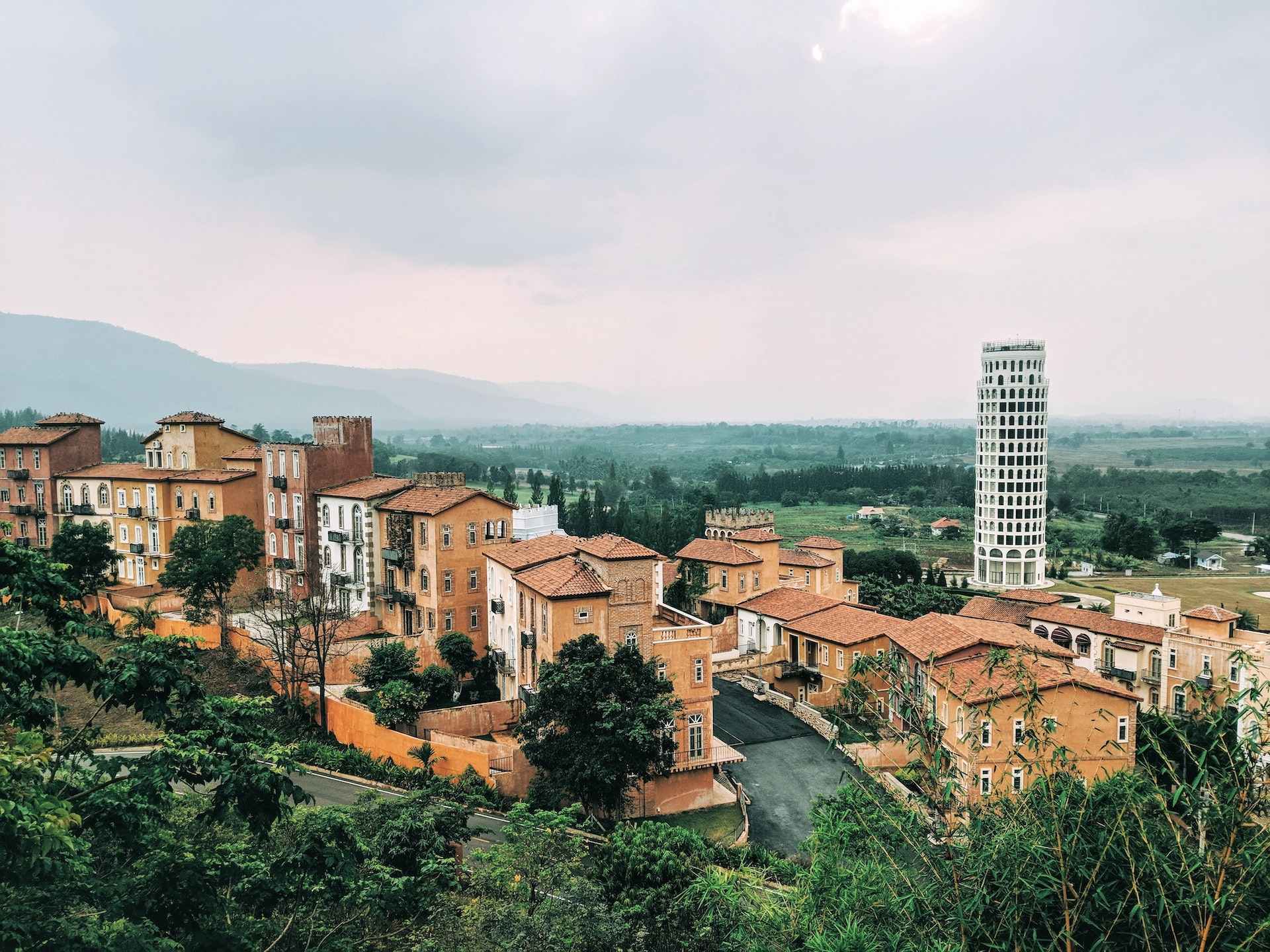Transportation in Nagoya is a vital aspect of daily life for the residents and visitors of this bustling city in the Aichi prefecture of Japan, and with its central location and well-developed transportation infrastructure, getting to and around Nagoya is relatively easy and convenient, however, it can also be quite expensive. To start, for those traveling to Nagoya from outside of the city, the main options for getting there include taking a bullet train (shinkansen) to Nagoya Station, which is a major transportation hub in the city, or flying into Chubu Centrair International Airport, which is located just outside of Nagoya. Once in the city, the main options for getting around include taking the subway, buses, and trains, as well as renting a bicycle or driving a car.
The bullet train, or shinkansen, is one of the most popular and convenient ways to get to Nagoya from other major cities in Japan, with multiple trains departing from Tokyo and Osaka every hour. The trip from Tokyo to Nagoya takes about 1 hour and 40 minutes, while the trip from Osaka takes about 1 hour and 10 minutes. The fare for the shinkansen varies depending on the type of train and seat, but it typically ranges from around 13,000 to 20,000 yen for a one-way trip.
Another option for getting to Nagoya is to fly into Chubu Centrair International Airport, which is located just outside of Nagoya and is the main airport serving the city and surrounding area. The airport is well-connected to major cities in Japan and internationally, and from the airport, visitors can take a train or bus to get into the city center.
Once in Nagoya, the main options for getting around the city include taking the subway, buses, and trains. The subway system in Nagoya is efficient, clean, and easy to navigate, with multiple lines running through the city and connecting to major transportation hubs such as Nagoya Station. The fare for the subway ranges from around 210 to 320 yen depending on the distance traveled.
Buses are also a popular mode of transportation in Nagoya, with multiple lines running through the city and connecting to major tourist attractions and transportation hubs. The fare for the bus ranges from around 210 to 320 yen depending on the distance traveled.
For those looking for a more active mode of transportation, renting a bicycle is a great option, as Nagoya is a relatively flat city and there are multiple bike rental shops throughout the city. The cost of renting a bike typically ranges from around 500 to 1000 yen per day.
Driving a car is also an option, but it can be difficult and expensive in Nagoya, due to the high cost of parking and the busy traffic. It is also important to note that Japanese traffic laws are quite strict and foreigners should be aware of them before driving in Japan.
In terms of safety, Nagoya is a relatively safe city, and the transportation system is well-maintained and operated. However, it is always important to be aware of your surroundings and take precautions when traveling, especially on crowded trains and buses.
In conclusion, transportation in Nagoya is a vital aspect of daily life for the residents and visitors of this bustling city in the Aichi prefecture of Japan, with its central location and well-developed transportation infrastructure, getting to and around Nagoya is relatively easy and convenient, however, it can also be quite expensive. With multiple options such as bullet train, airplanes and public transportation, one can easily navigate the city with ease. It’s also important to take note of the laws and regulations when traveling by car, and always be cautious for safety.



